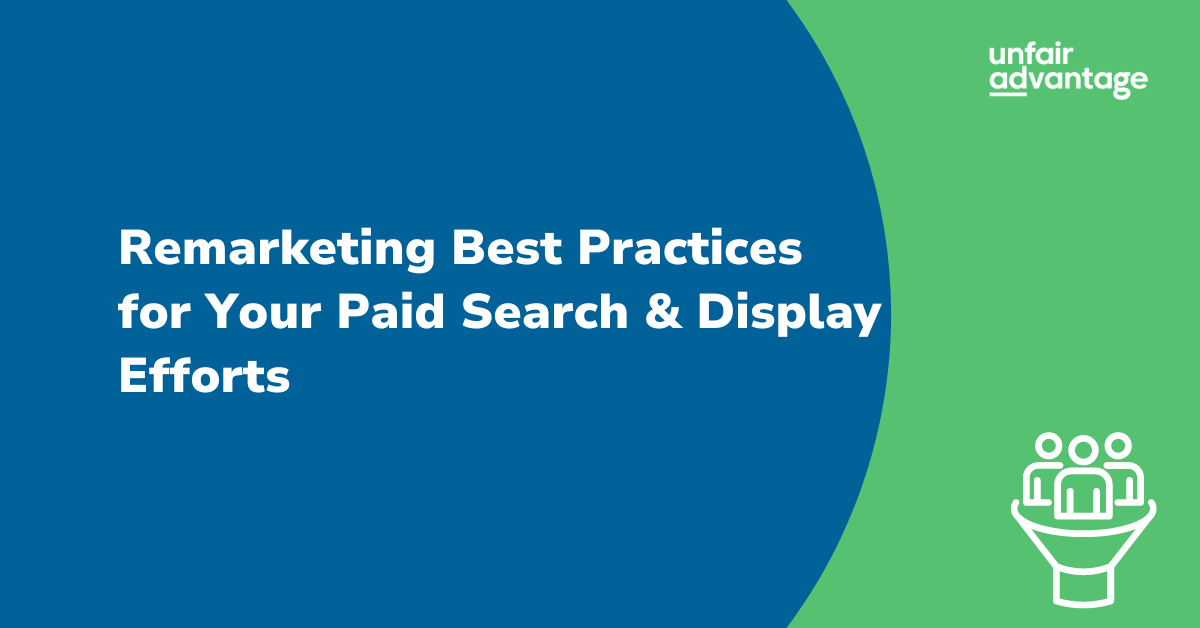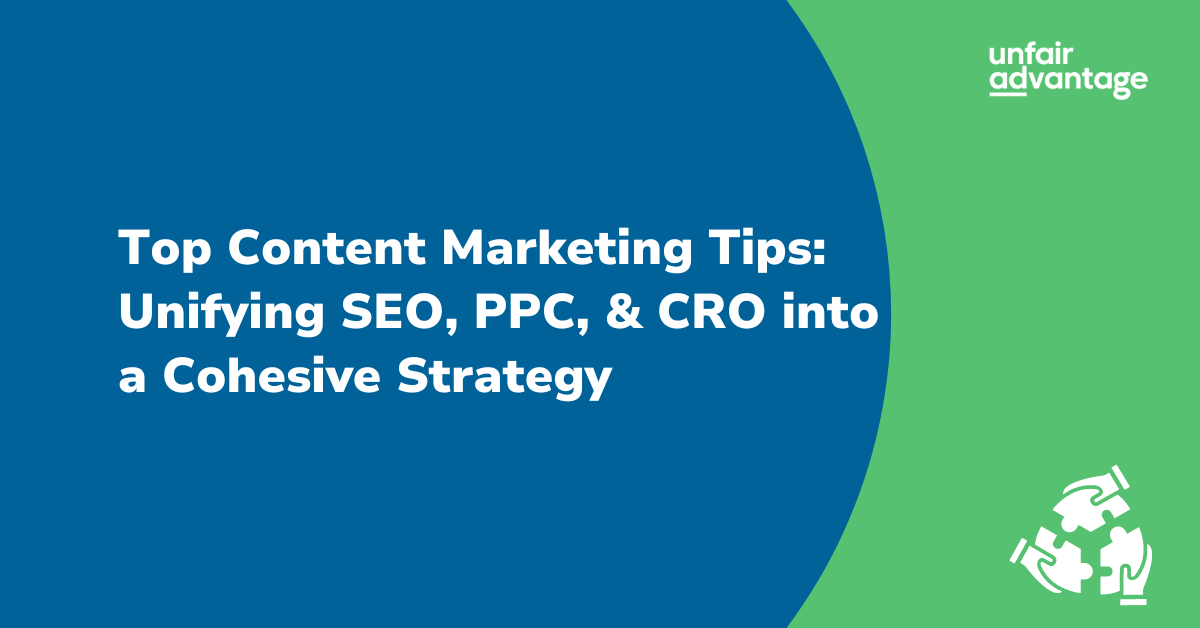
Published in:
Blog
How to Run an Effective Paid Media Strategy
Best Practices for an Effective Paid Media Strategy
Paid media, which includes any form of paid advertising, is a key component of many brands’ marketing mix. With the multitude of platforms and strategies available, it can be overwhelming to discern how to achieve the highest ROI. As we know, your paid media strategy is never one size fits all. What may have worked last year, or even last month, may not be producing the same results today. However, at the core of it all is a thoughtful and unique plan (you prepared for this!). This best practice guide will help outline what goes into creating and implementing a successful paid media strategy – no matter the bumps you hit along the way.What is needed for an effective paid media strategy?
The foundation you set for your paid media strategy is everything. I go back to a saying you’ll hear often at Unfair Advantage, “Begin with the end in mind.” For an effective paid media strategy, you need to begin with clear goals. Ensure you’ve defined clear, measurable objectives, whether they’re related to brand awareness, lead generation, sales, or engagement. This foundation will guide every decision from budget allocation to assessing your paid performance. From there, you can work through the digital marketing checklist:- Define your audience
- Choose the right platform
- Budget validation
- Creative/landing page creation
Case Study: How Trailer Valet Nailed Their Paid Media Strategy
Navigating paid media strategies is both an art and a science. For many companies, finding the right balance can be challenging. However, for some, like Trailer Valet, the results speak volumes. Let’s dive into how Trailer Valet, with Unfair Advantage’s help, not only formulated an effective strategy but also ensured it was executed efficiently.Background
Trailer Valet is an ecommerce focused client selling trailer products and complementary accessories aimed at helping users maneuver their trailers in and out of tight spots. As is the case with a lot of consumer brands, they are heavily affected by seasonality, seeing low dips in winter months when their target audience is not as active. Their primary objective was to scale paid revenue at efficient cost levels in order to reach 4x return goals leading up to their peak season.How Did We Meet the Challenge?
Set Clear Goals Trailer Valet’s primary goal was simple: Drive online sales at efficient cost levels. With no additional budget available to expand we had to get smart and utilize what we knew based on historical performance. Do the Research To reach these goals with what we currently had available we started with data analysis. We started by looking over the account to understand where we had room to push and where we could trim back. We wanted to understand our most profitable areas across all campaign types (Search and Shopping) in the two main channels for Trailer Valet (Google and Bing). This research process led us to our main area for optimization: Google Shopping. We started testing by restructuring our standard shopping campaign (manual bidding) to a Performance Max campaign (automated bidding) within Google. Following a two-week testing period we confirmed this was a significantly more profitable and more efficient campaign type as we saw revenue grow by ~$8k+ at a -60% decline in CPCs. Next Steps While Performance Max was the winner, there was still additional room to push. With any automated bidding strategy, you lose various levers of control you may have previously had in a manual strategy to Google’s algorithm. While Google’s algorithm was working well, we were not seeing budget split in the most efficient ways. To gain back this lever we split the campaign into two sections, “Top Performers” vs. “Traffic Drivers.” This now allowed us a higher level of control with budget allocation allowing us to shift a higher percentage of budget towards previously identified products that drove higher value and volume. With the updated product segmentation, we successfully were able to push the bulk of traffic to top selling products while shifting budget away from lower revenue driving areas of the account. The Results- Sales Growth: Online order volume grew by 84% MoM within Google following changes made at a 44% decrease in cost-per-order making this growth overall more efficient
- Additionally, we saw average order value increase by 40% as we were able to push focus towards higher valued products
- High ROAS: Return increased by 68% as we were able to maintain current spending levels and grow revenue by 157%. This surpassed Trailer Valet’s original goal by 36%
Lessons Learned
- Flexibility Pays: Trailer Valet’s willingness to adjust budget allocations based on performance was key to maximizing ROI
- Quality Over Quantity: Instead of spreading thin across multiple platforms, focusing on where their audience was truly engaged made all the difference
- Data-Driven Decision Making: Constant monitoring, testing, and iterating based on metrics ensured the campaign’s effectiveness

